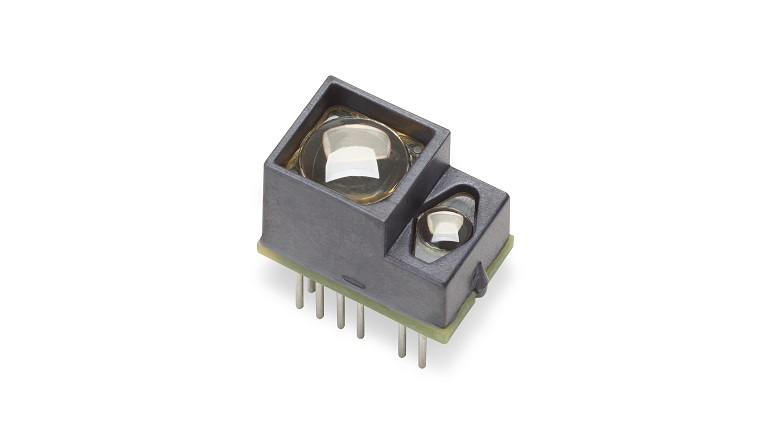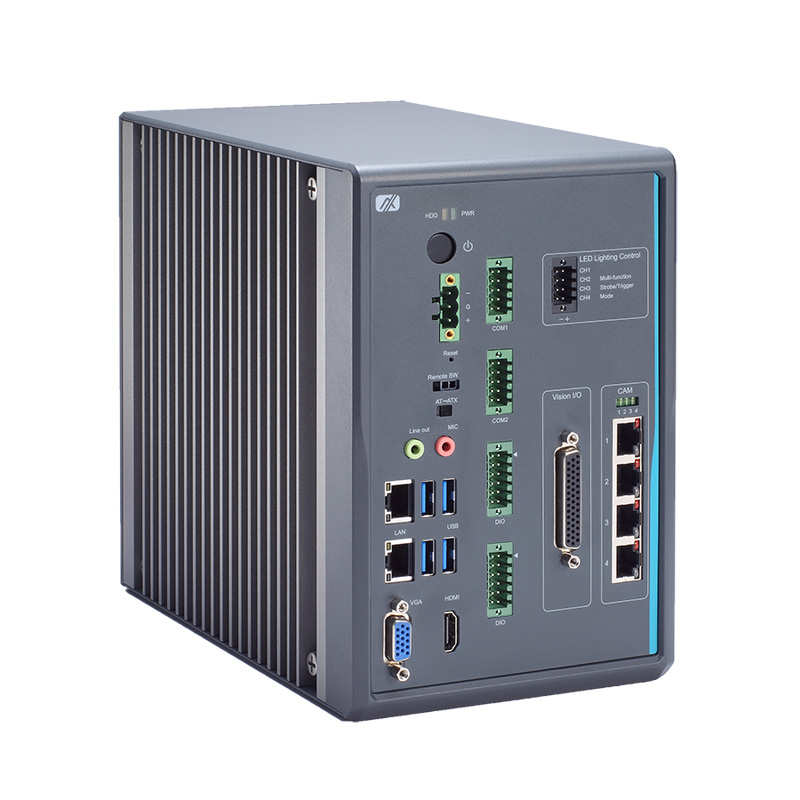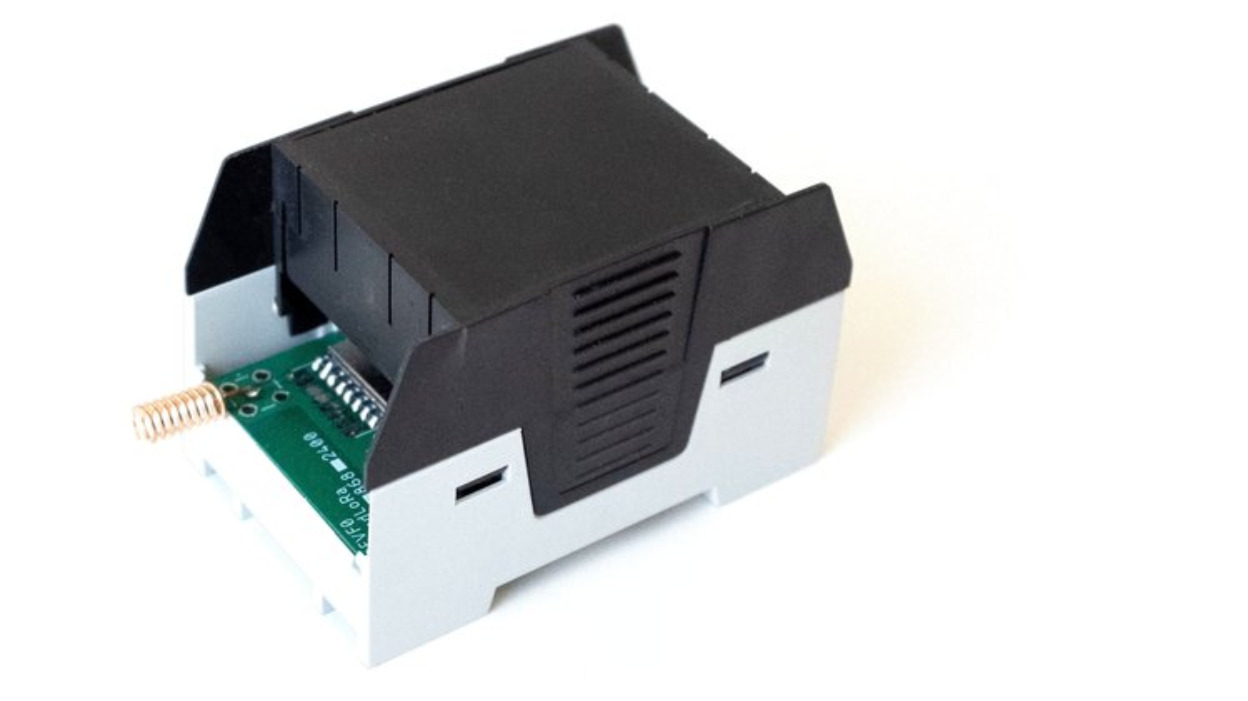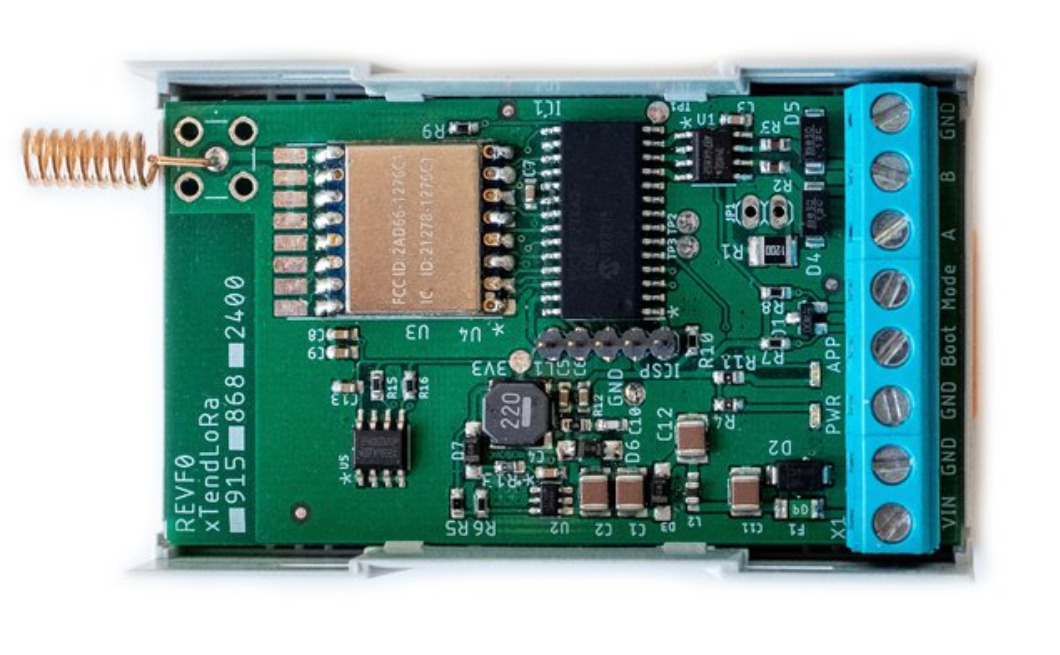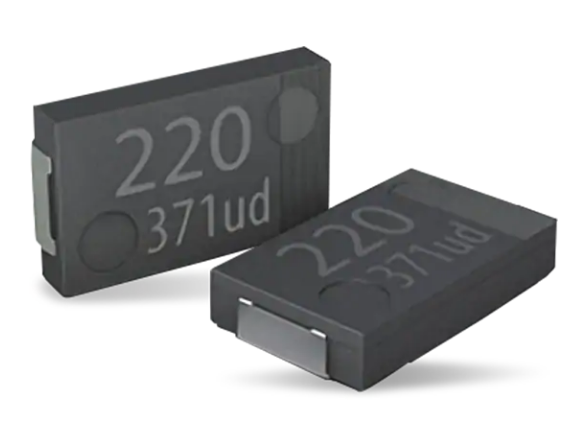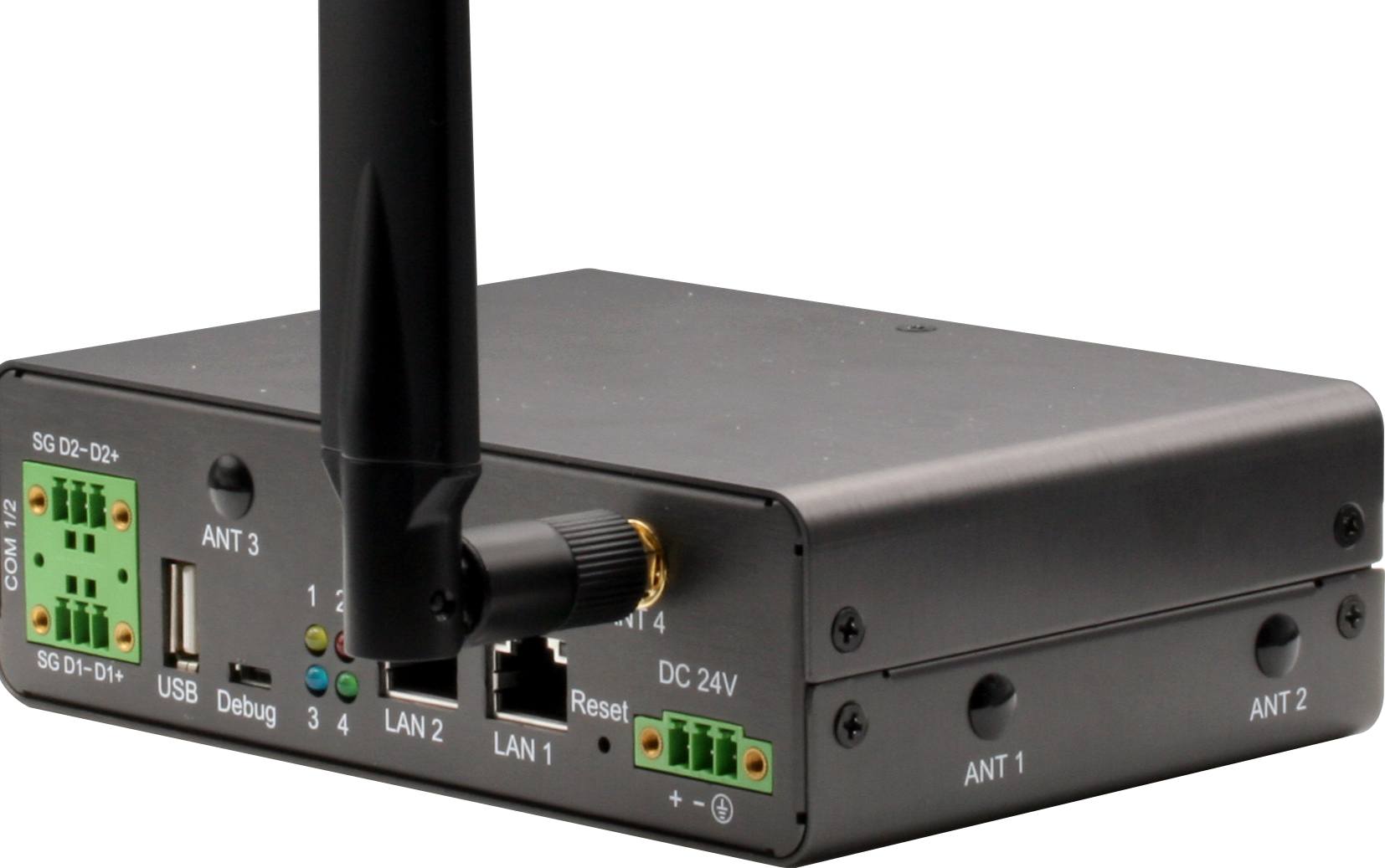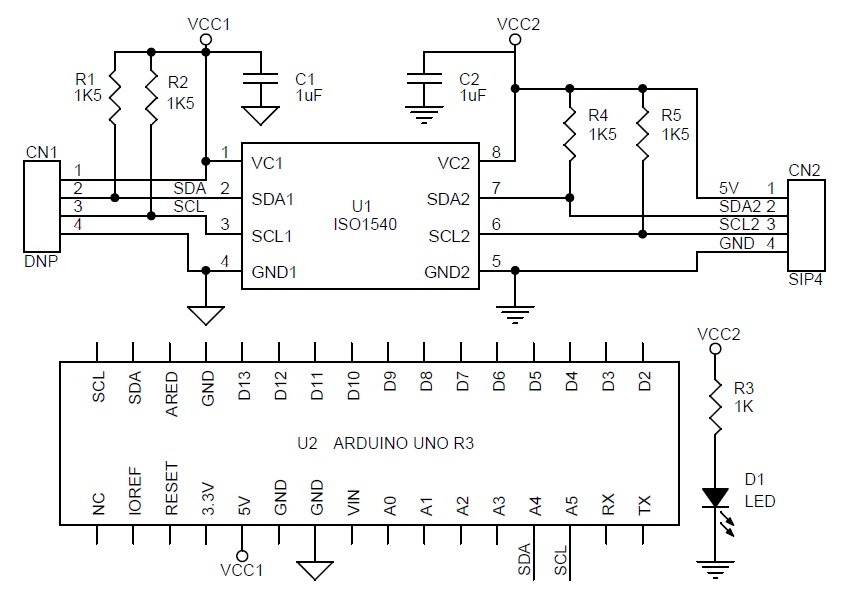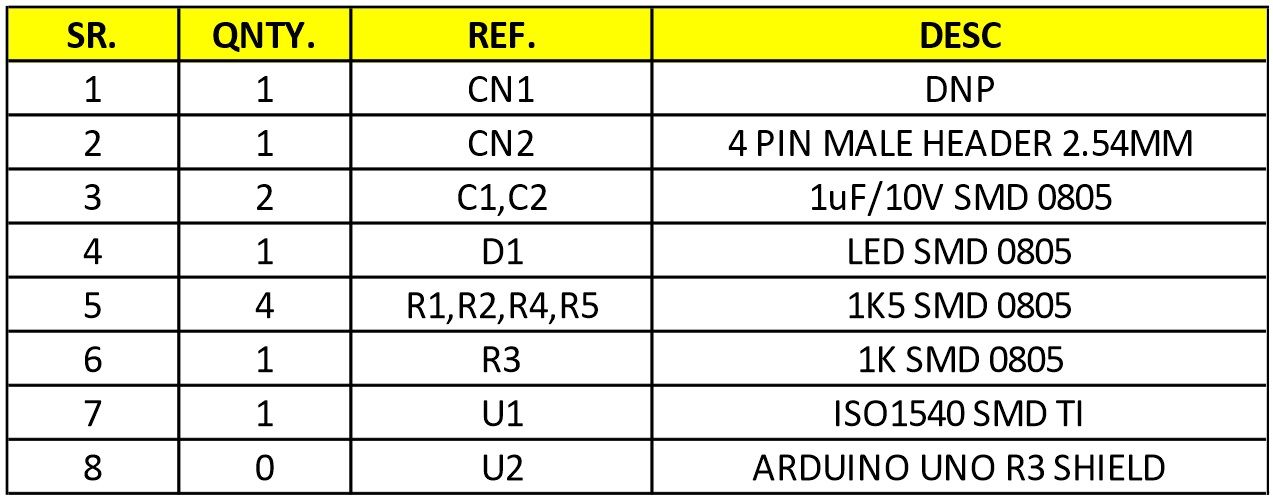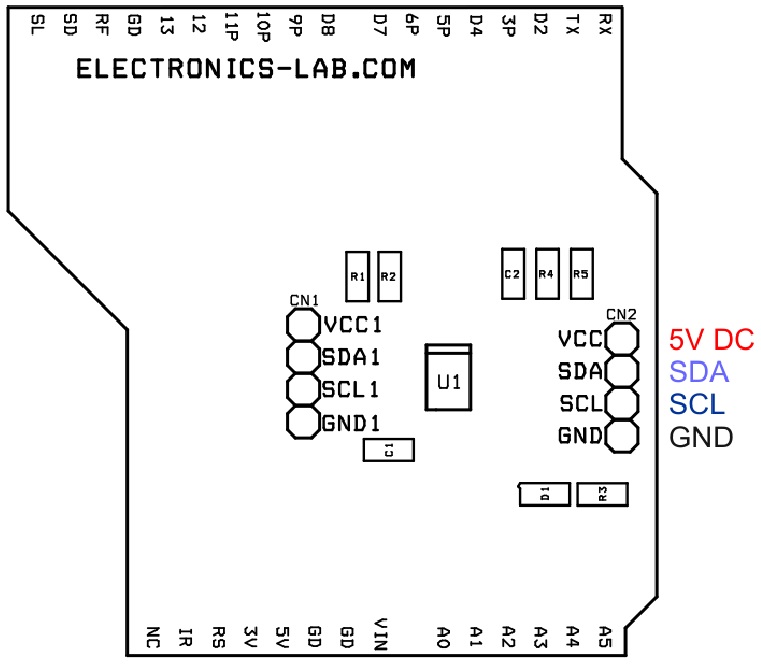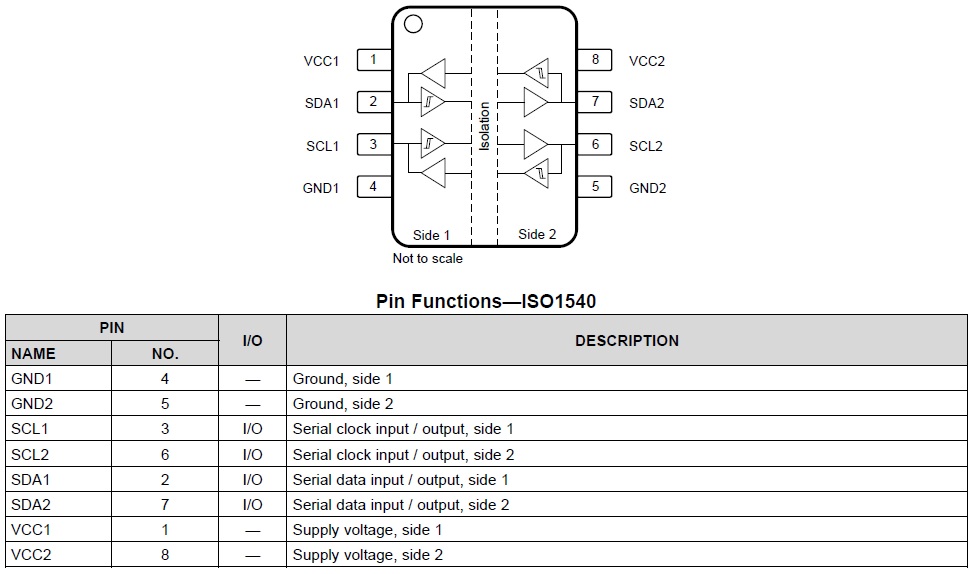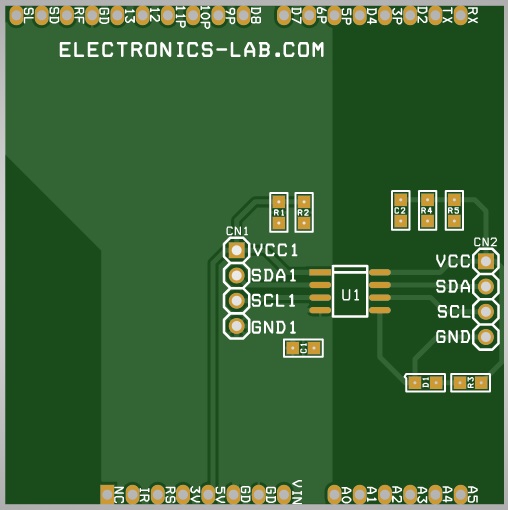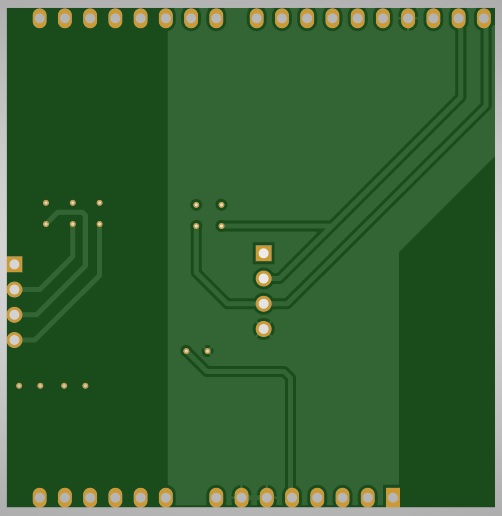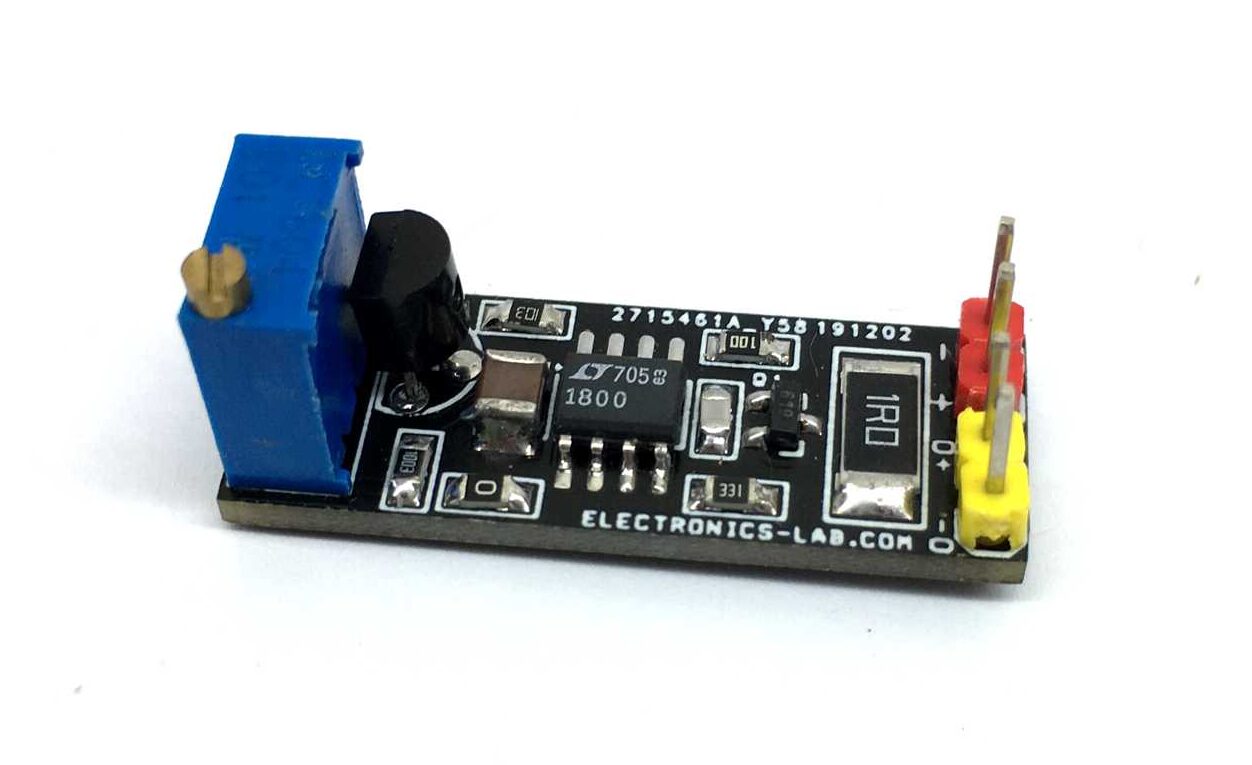Newark added the new Tektronix TBS1000C Digital Storage Oscilloscope to its test and measurement portfolio. Designed to meet the needs of today’s educational institutions, embedded design engineers, and makers, this new oscilloscope offers an upgrade in performance over the TBS1000B.
The TBS1000C is ideal for use in the education environment. It comes with a courseware system that integrates lab exercises with step-by-step instructions for use by educators and students. Ready-made educational content can be downloaded for free from Tektronix’s Courseware Resource Center, enabling lab work without the need to design an entire course from scratch. Built-in support for learning also includes the innovative HelpEverywhere system that provides useful on-screen tips and hints throughout the user interface, allowing new users and students to learn how to use the oscilloscope.
The TBS1000C comes with a standard 5-year warranty, providing added security for educators requiring a product that can be used year after year in the teaching lab.
Other key features include:
- A 7-inch multifunction WVGA color display that shows 50% more signal with pan and zoom capability. The multi-language user interface supports 10 languages and front panel overlay.
- 2-channel models with 20k point record length and up to 1GS/s sample rate with bandwidths from 50 MHz to 200 MHz.
- 32 automated measurements and dual window FFT with simultaneous time and frequency domain views.
- Advanced triggers including pulse, runt and line triggers, and trigger frequency counter.
- Compatibility with TekSmartLab for remote control and access.
- A small footprint and lightweight fan-less design contributing to low noise operation and reliability.
The Tektronix TBS1000C Digital Storage Oscilloscope is available for delivery from Newark in North America, Farnell in EMEA and element14 in APAC.
For more information, visit: www.tek.com



